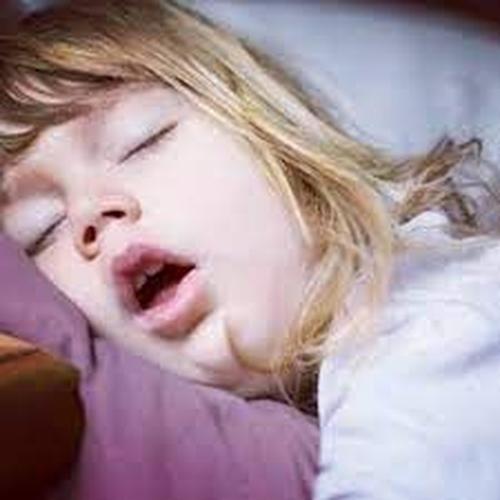Treatment of adenoids. Conservative classical treatment.

Author: Dr. İsmayıl İ. Category: Nose
Published: 2022 - 14 - Dec
There is only one effective method of treating adenoids - removing them under local or general anesthesia. Conservative treatment is aimed at stopping inflammation in the nasopharynx, at treating adenoiditis. However, there are many different ways, attempts to treat
this most common disease in children. Let's consider them all in as much detail as possible.
Anti-inflammatory treatment for adenoiditis is aimed at stopping the inflammatory process in the tissues of the nasopharynx. For this, various schemes have been developed, common to which is the use of vasoconstrictor drugs and antiseptics in the form of nasal drops. Here is one of them: we drip vasoconstrictor drops into the nose (nazivin, rhinofluimucil, polydex with phenylephrine, otrivin, etc.), 5-10 minutes after that, we wash the nasal cavity and nasopharynx with a preparation based on saline (aqualor, aquamaris, physiomer, dolphin, etc.), then the child blows his nose alternately on the left and right, holding the opposite nostril, after all this we instill a 2% solution of protargol into the nose in the amount of half a pipette in each nostril. Use this scheme for a week. However, there are some nuances here:
the percentage of the vasoconstrictor will depend on the age of the patient (0.0125% and 0.0250% for neonates and infants, 0.05% for older children);
often the nasal cavity is so heavily clogged with secretions that it is necessary to clear the nose of “snot” before this whole scheme, that is, you first need to rinse the nose with subsequent blowing, and then the above scheme;
older children know how to blow their nose. But what about the very small ones? There are various devices for this: special suction bulbs, tubes through which the parent sucks the mucus out of the nose, etc. But, personally, I like to use a special portable electric suction, which is very effective for very young children;
in what position to instill drops in the nose for washing? In the instructions for many drugs for washing the nose, it is written that it is necessary for the child to throw back his head, tilt it to one side or another. This is, most often, the right way to otitis media in children. It is possible and necessary to rinse the nose in only one position - in the same position in which they brush their teeth, only in an upright position without any tipping and tilting of the head;
but vasoconstrictor drugs need to be dripped with the head thrown back with a corresponding inclination in one direction or another;
protargol is a wonderful remedy for adenoiditis, it has a pronounced anti-inflammatory, antiseptic, drying effect on the inflamed tissues of the nasopharynx. But one point is very important here: the silver compound, which represents the main composition of the drug, is very unstable and easily destroyed when exposed to sunlight. Therefore, protargol should always be fresh, it is advisable not to use it after 2 weeks after manufacture, always store it in a dark place. In addition, protargol is produced only in prescription pharmacies, which are not always found. You can replace it with albucid, drops of Knyazev, although they are inferior in effectiveness to protargol